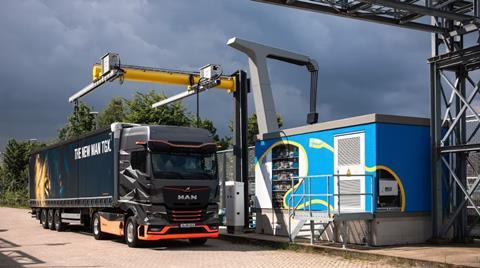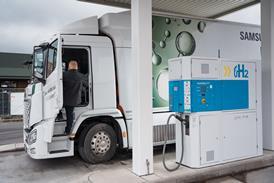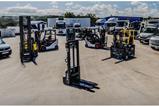Shell has launched its first self-developed megawatt charger at the Energy Transition Campus Amsterdam (ETCA). Designed for dual use, the charger serves both electric trucks and shipping vessels. The megawatt charger’s capacity is equivalent to three 350kW fast chargers currently used by trucks.

“We aim to help decarbonise our logistics sector customers. Alongside our investments in biofuels and LNG, we are also focusing on electric mobility. While the market for electric trucks and vessels is still emerging, we are investing ahead of this growth in line with our ambition to offer more and cleaner energy solutions,” said Hilmar van den Dool, General Manager of eMobility at Shell.
“This solution will benefit shipping companies managing logistics businesses across the supply chain, with facilities serving both waterside and landside. The megawatt Charger offers flexibility for Charging various inland and port vessels, such as barges, tugboats, service vessels, and ferries. It’s exciting to see this technology available and in use,” explains Melissa Williams, President of Shell Marine.
The megawatt charger is connected to ETCA’s microgrid, which integrates energy supply, storage, and demand. The microgrid features 3,600 rooftop solar panels, stationary battery storage, 119 EV chargers for cars, a Hydrogen electrolyser, and other research equipment.
Equipped with two separate charging arms, the Megawatt Charging System (MCS) can charge both electric vessels and heavy-duty electric trucks and buses. One rotatable arm is dedicated to electric vessels, while the other serves trucks and buses. The system includes a second adapter (CCS2) on each arm, allowing it to accommodate a variety of vessels, vehicles, and battery types for fast and flexible charging. Although the megawatt charger is a demonstration unit, it is operational and available for use by appointment for vehicles and vessels with megawatt charging capability.


















